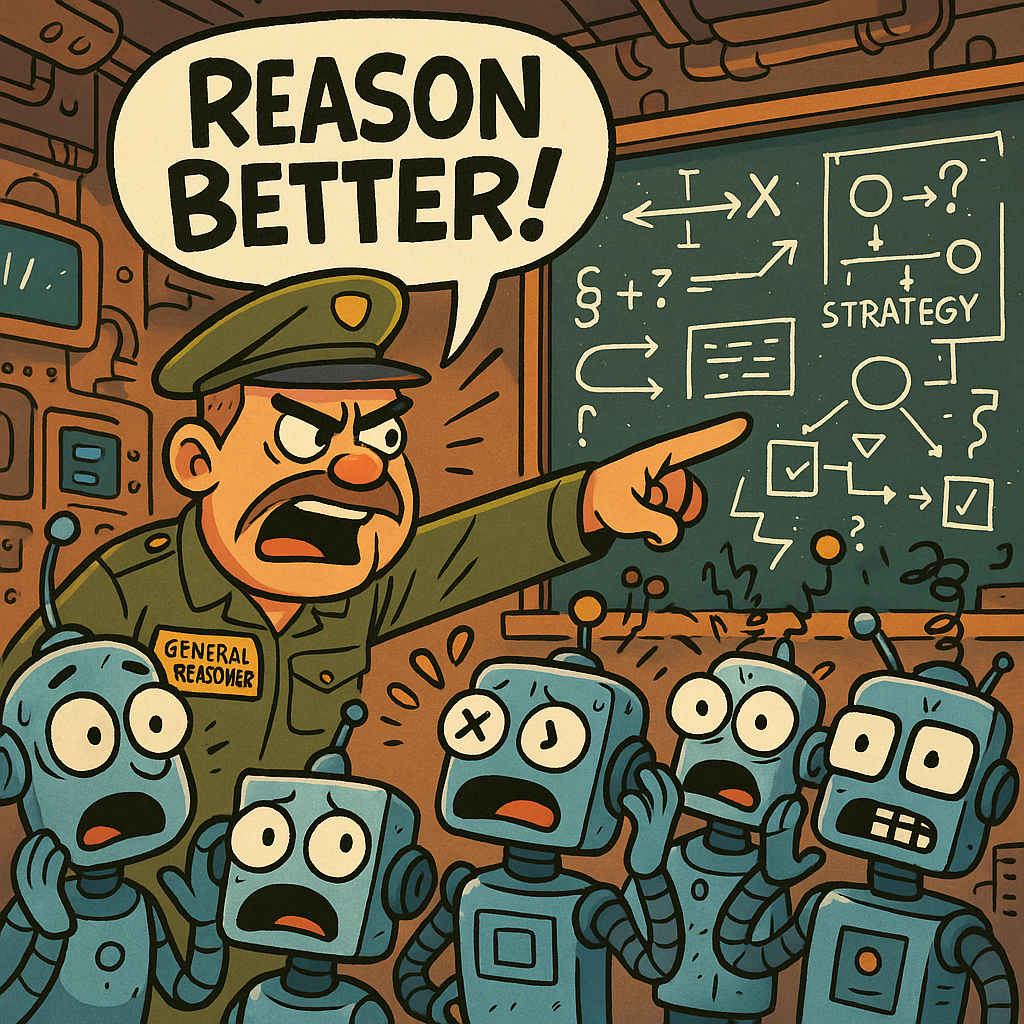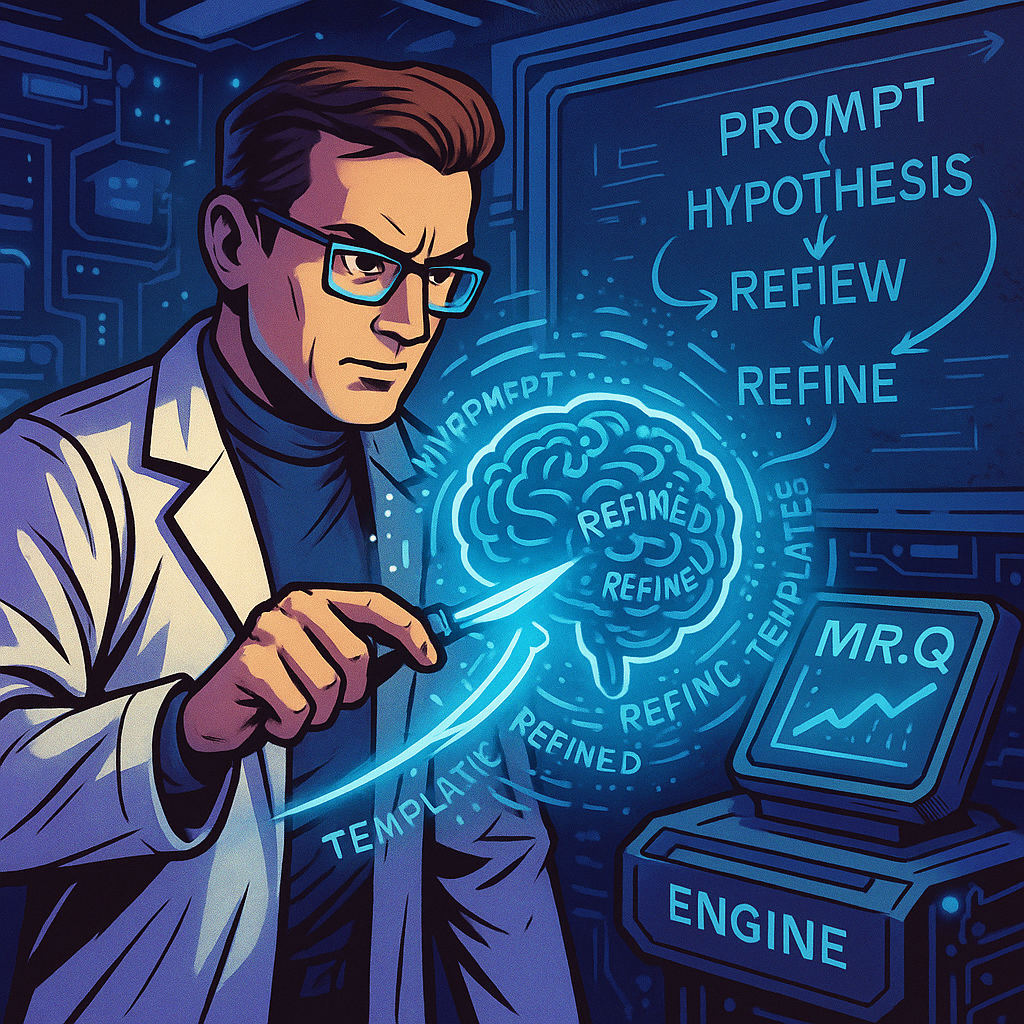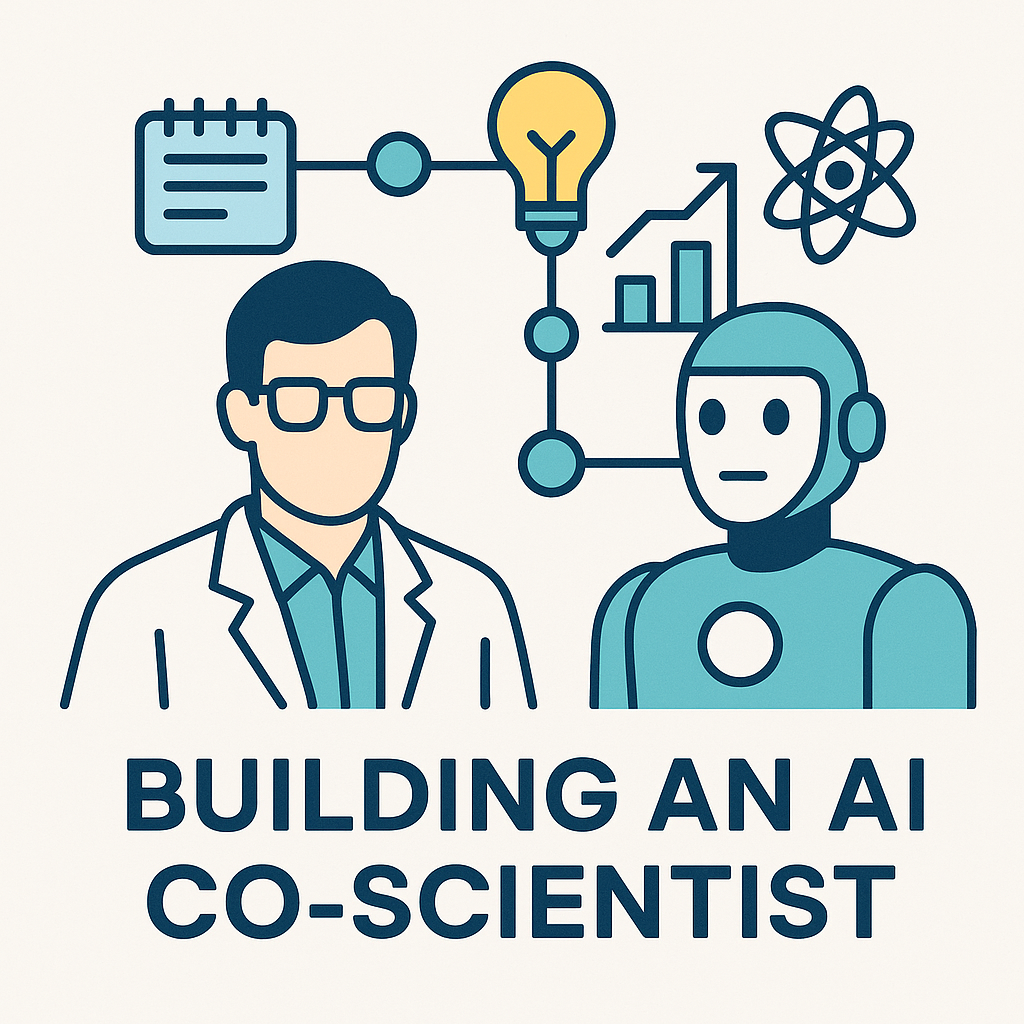
Dimensions of Thought: A Smarter Way to Evaluate AI
📖 Summary
This post introduces a multidimensional reward modeling pipeline built on top of the stephanieanie framework. It covers:
-
✅ Structured Evaluation Setup How to define custom evaluation dimensions using YAML or database-backed rubrics.
-
🧠 Automated Scoring with LLMs Using the
ScoreEvaluatorto produce structured, rationale-backed scores for each dimension. -
🧮 Embedding-Based Hypothesis Indexing Efficiently embedding hypotheses and comparing them for contrastive learning using similarity.
-
🔄 Contrast Pair Generation Creating training pairs where one hypothesis outperforms another on a given dimension.



